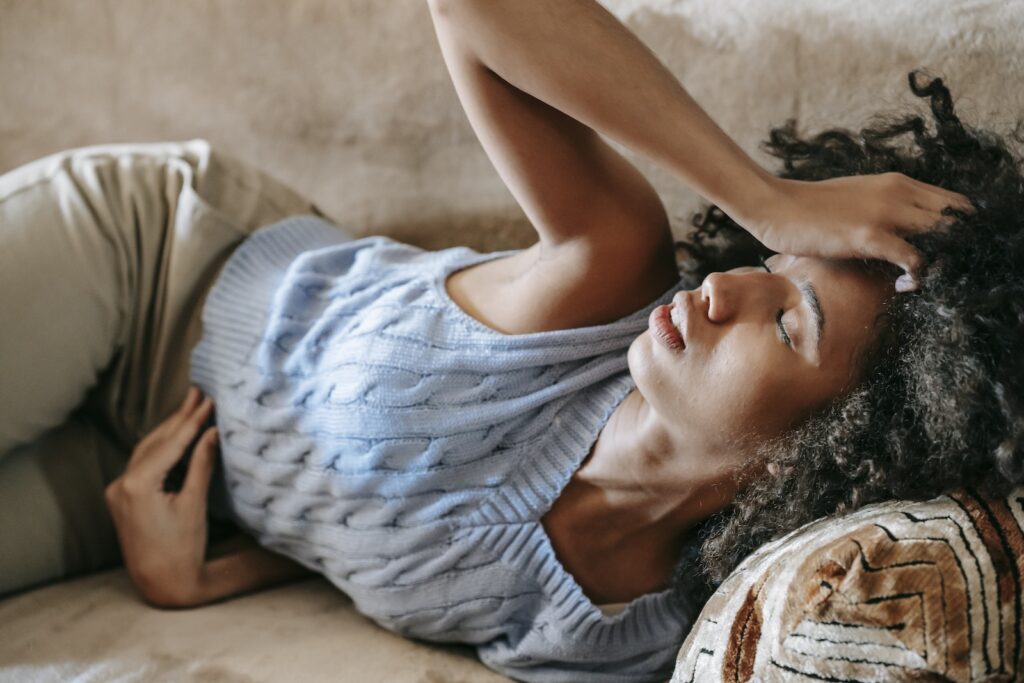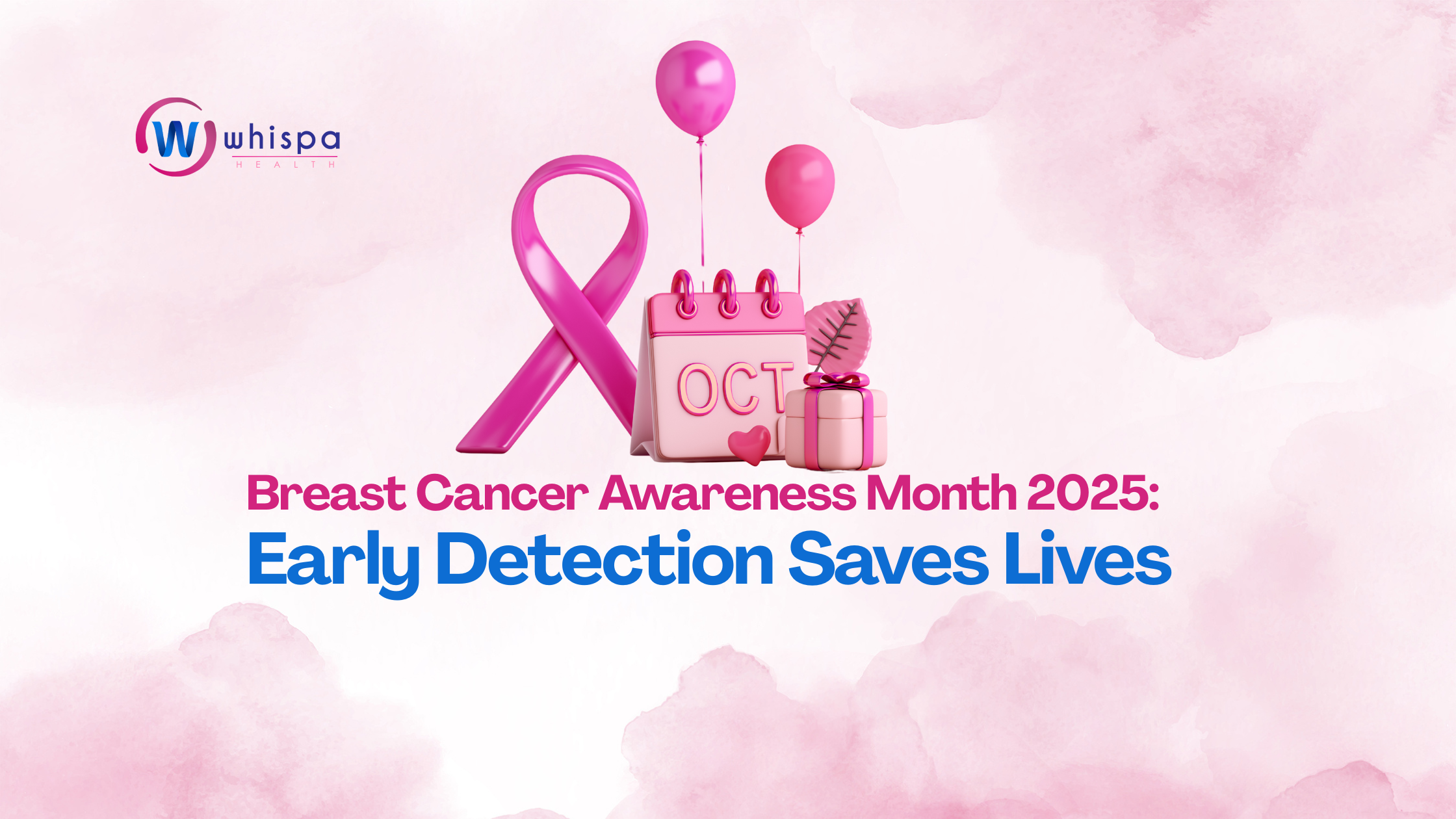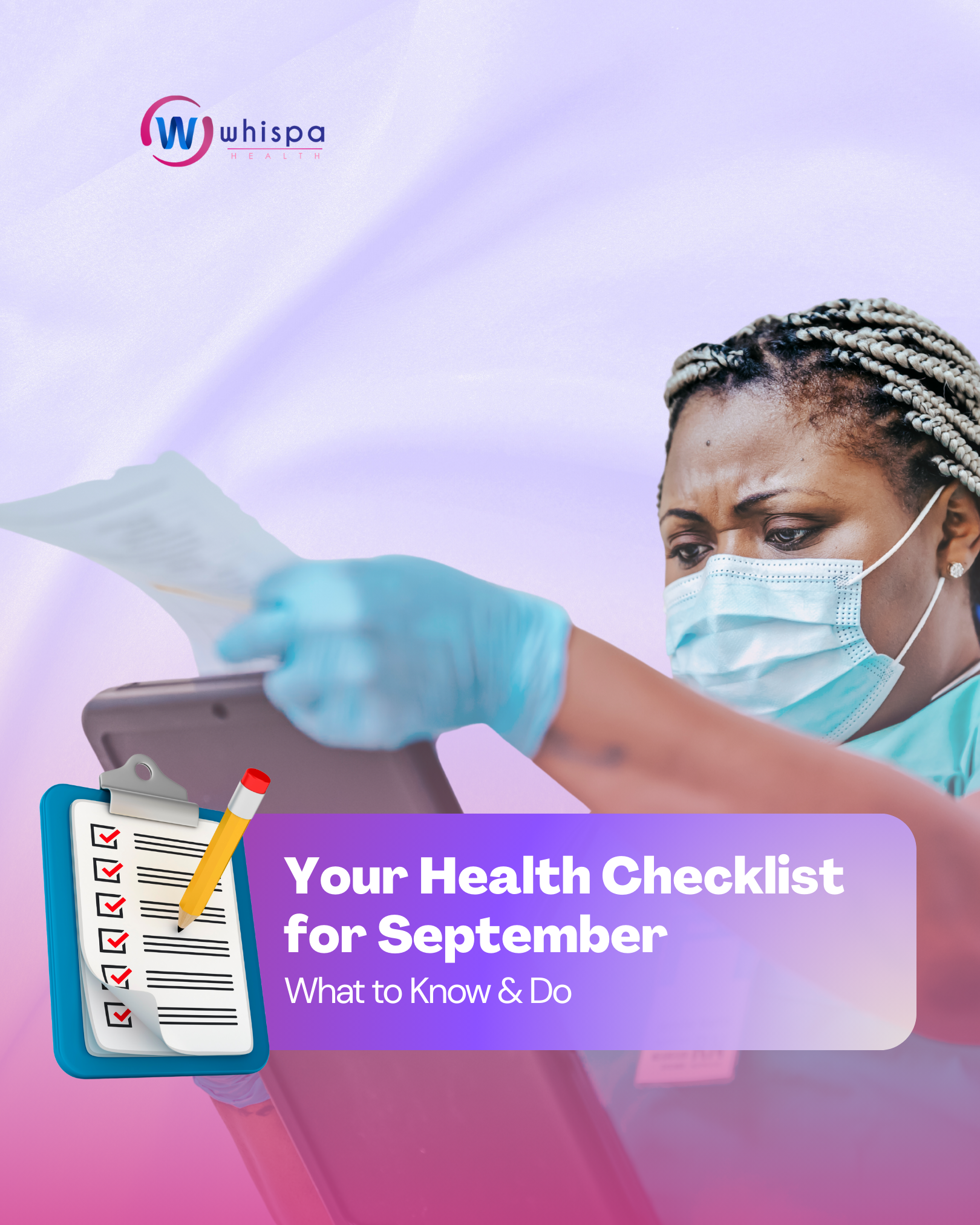It’s important to know how every part of your body feels. This would not only be a yardstick for knowing when there are any irregularities; it also helps you stay connected with your body, like BFFs who know everything about each other.
Breast self-examination is a very important way of knowing your body—your breasts precisely. With the alarming rate of breast cancer, regular breast self-examination gives you an advantage so you can detect breast cancer when it is in its earliest and most treatable stage.
What are you looking for?
While self-examining your breasts, you should look out for lumps or something that stands out. Lumps can feel hard like a walnut or soft but firm and can sometimes cause distress or pain. The most important thing is for you to notice when there is a change or growth and see your doctor immediately to have them confirm if it is regular breast tissue or unusual lumps and if the unusual lumps are cancerous or not.
How to do a breast self-examination
This is quite simple. Easy as ABC and with consistency, you would be able to master the process and turn your breast self-examination into a fun time with your body
Step 1: LOOK
Stand in front of a mirror and look at your breasts and the surrounding skin. Straighten your shoulders and make sure you are standing comfortably with your arms down. Doing this regularly helps you know how your breasts should look, so look out for any unusual changes in color, shape, or otherwise.
Lift up your arms while continuing the process of looking out for unusual changes. Turn to your sides and look again.
Check out your nipples and see if any fluids whatsoever are coming out of them. If you are not breastfeeding and some months after you stop breastfeeding, you are not supposed to notice fluids coming out from your nipples. So look out for fluids of any kind from your nipples.
Step 2: FEEL/TOUCH
Lay down and begin the next process of feeling. Touch your breast gently but with a little pressure. Go around in circles with your left hand when feeling your right breast and vice versa.
Start from your sternum (the bone in the center of your breasts), then to your collarbone, your armpit, underneath your breasts, before reaching your nipples and covering the whole surface with the same motion.
Check and feel your breast in full. Leave no place unchecked. Cleavages and all, check them all. You can use a clockwise style so you can tell when you cover every part of your breast. From your nipples to your ribcage.
Change position. If you were sitting, lie down, and if you were lying down, sit and repeat the above process.
If you notice something unusual (you would only know what is unusual if you are doing self-examination regularly), like a lump, or if you notice unusual fluids coming out of your nipples or anything else that doesn’t feel right, go see your doctor.
What if I notice something?
If you notice something, do not panic, as not all lumps are signs of cancer. See your doctor as soon as you can, or be sure to chat with a doctor on WHISPA to ask questions.
Can I spread breast cancer?
Breast cancer is not contagious and certainly it is not your fault, but you will require medical attention if diagnosed.
How frequently should I examine my breasts?
Self-examine your breasts every month at around the same time. Set a date on your calendar so you can keep up and not forget. Early detection of breast cancer can save your life. So the more you self-check your breasts, the more you get to know how normal they should feel and can easily notice when there are unusual changes or differences.




